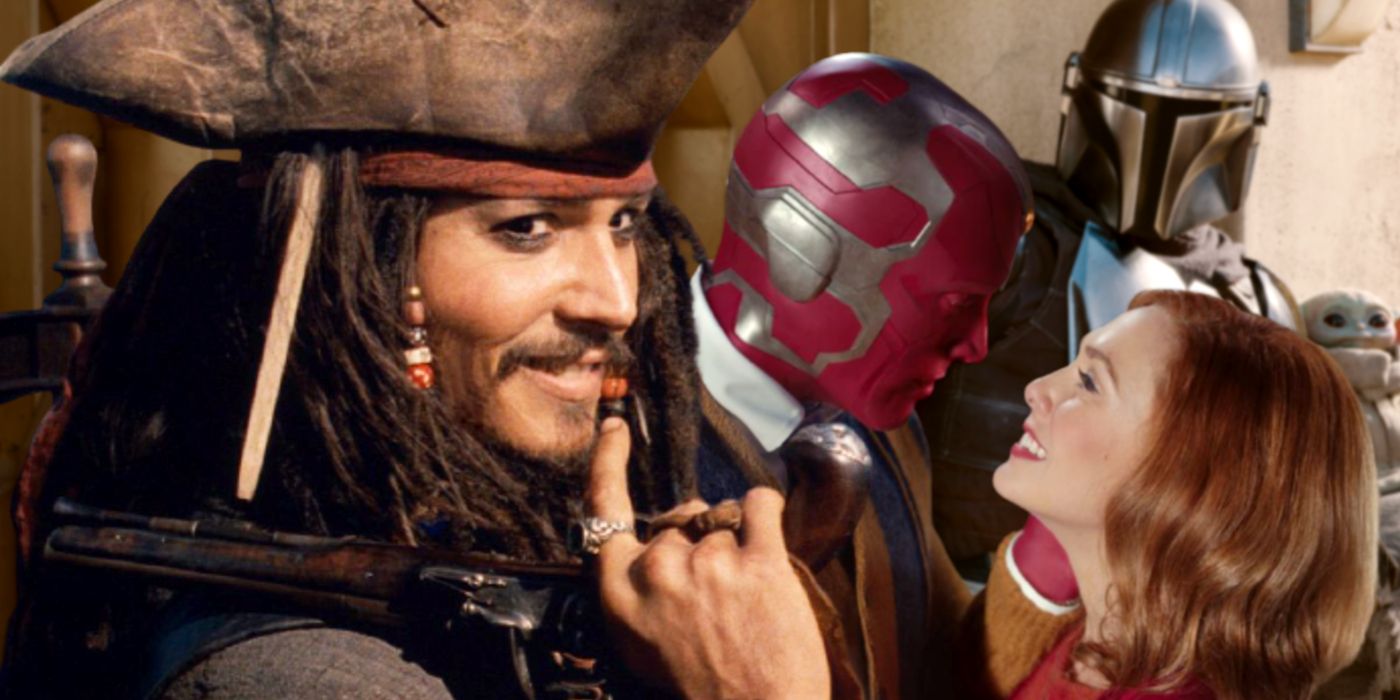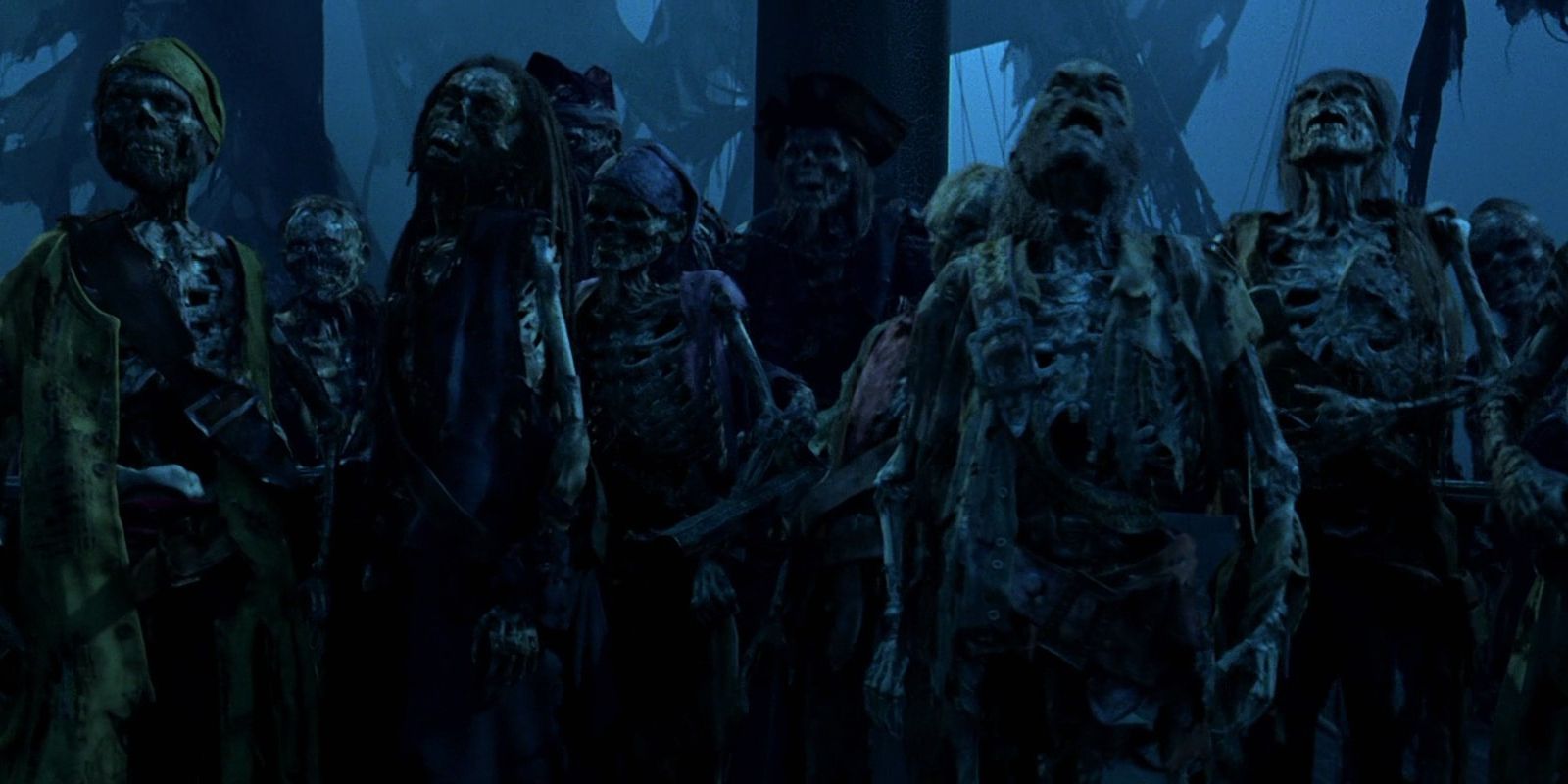Pirates of the Caribbean, once the gem in Disney’s crown, is floundering; here’s how a Disney+ TV show could save the ailing franchise. Pirates of the Caribbean: The Curse of the Black Pearl (2003) is something of a cinematic miracle; based on a theme park ride, utilizing what many considered to be a “dead” genre, and starring cult actor Johnny Depp - the film was set to be a surefire flop. Yet somehow, amazingly, it worked. Audiences agreed, lapping up the film’s blend of pirates and the supernatural to the tune of over $600 million. Naturally, sequels were developed and subsequently produced back-to-back: a clear indication of Disney’s newfound faith in their once-unlikely franchise.
Creating a cohesive trilogy proved difficult, however. While each movie succeeded financially, they suffered critically from diminishing returns. That said, money talks, and two more sequels - On Stranger Tides (2011) and Dead Men Tell No Tales (2017) - were produced and released to even harsher reviews. Despite this, Disney seems keen to relaunch the franchise and, with Johnny Depp’s star on the wane, appear to be heading towards a reboot with actor Margot Robbie set to lead a “girl power”-tinged installment in the near future. That said, a new string of movies is likely to fall into the same trap that the original series did; with over-complicated plotting and the tendency to overstay their welcome, runtime-wise. Instead, Disney ought to consider an episodic Pirates of the Caribbean TV show, something in the vein of The Mandalorian.
While almost all TV is released in episodes, most shows take a “serialized” approach - telling a continuous story across multiple episodes and seasons. Instead, a Pirates of the Caribbean TV show should be more “episodic” in nature, with an adventure-of-the-week format and a relatively simple series arc. Like The Mandalorian, Doctor Who, and even the Indiana Jones movies, this approach tends to make for less convoluted plotting and would allow the filmmakers to utilize nautical legends and lore to the fullest extent.
With each mini-adventure spanning the length of an episode, the storylines are unlikely to overstay their welcome or become bogged down with the same narrative nuts-and-bolts that crippled the original film series. This format would also pay tribute to the franchise’s pulpy origins, focusing on fun characters and supernatural spectacle above all else: mermaids one week, Davy Jones the next; a cannibal tribe; Blackbeard’s ghost; the lost city of Atlantis.
Speaking of spectacle, the Pirates of the Caribbean movies had massive budgets to work with; resources that a TV show would be less likely to obtain. However, with advances in technology and the TV landscape changing, astounding special effects can now be achieved at less cost to the production - as proven by Disney+ hit, The Mandalorian. Shot, for the most part, using largely digital sets, The Mandalorian has been able to explore the Star Wars universe in a refreshing and varied way - featuring different planets and alien creatures in practically every episode. CGI water effects, as shown in The Mandalorian episode “Chapter 11: The Heiress”, have also come a long way in a short time; a necessity should an inspired Pirates of the Caribbean TV show ever come to fruition.


